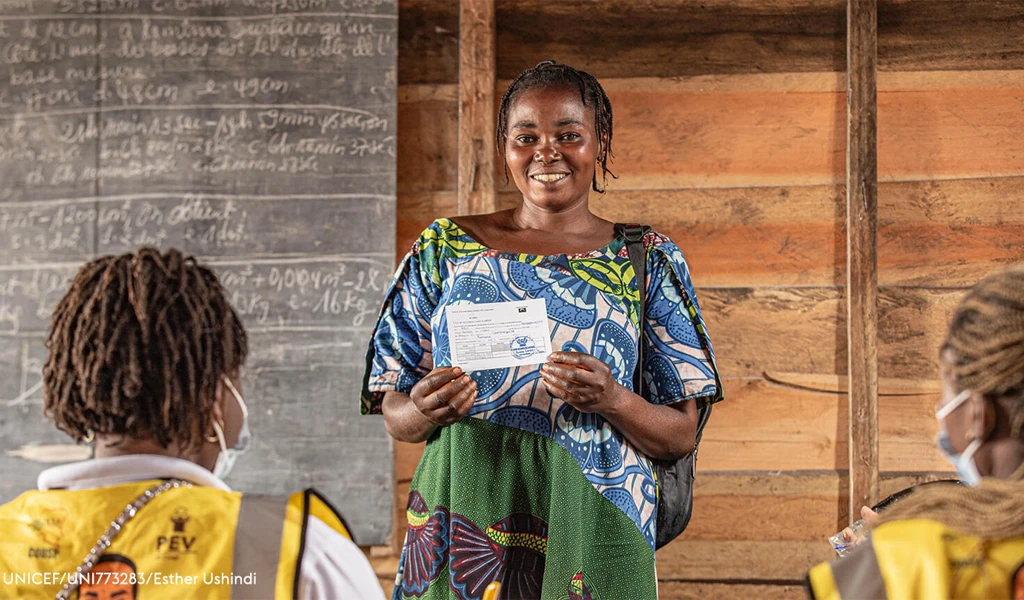Building a global AI platform for pandemic preparedness

Share
Artificial Intelligence, or AI, is transforming the way in which science can help secure the world and its people against disease outbreaks.
For 51˛čšÝ and its partners, that means rapidly accelerating and exponentially improving how scientists can design and deliver new vaccines against novel or re-emerging infectious disease threats. Our aim, described in 51˛čšÝâs 100 Days Mission, is for the world to be able to do that within 100 days of a new pathogen being identified as having the potential to cause a pandemic.
To advance this mission we plan to collaborate on the development of a revolutionary new artificial intelligence platform called the Pandemic Preparedness Engine.
This end-to-end digital research and development system is designed to integrate multiple vast and disparate datasetsâfrom genomic surveillance, epidemiological models and viral phylogenetics to vaccine design toolkits, preclinical and clinical pipelines, safety monitoring and regulatory submissionsâinto a single, secure platform.
By applying advanced generative AI techniques, the Pandemic Preparedness Engine will be able to scan this wealth of global data, identify whether a pathogen has pandemic potential and propose antigens and designs for potential vaccine candidates in minutes, hours and days rather than in months.
Initially, the AI platform will be trained on data from hundreds of studies across highârisk viral families. These will include the coronavirusesâthe family that spawned the SARS epidemic, multiple MERS outbreaks and then the COVID-19 pandemic, all of them deadlyâas well as the filoviruses such as Ebola and Marburg, and the arenaviruses such as Lassa fever.
The computational pipelineâs data will also cover lesserâknown but equally high-risk pathogens such as Nipah virus, Rift Valley fever and CrimeanâCongo haemorrhagic fever. And the system will continuously update its knowledge base as new research emerges, making it an evolving scientific resource.
Researchers seeking rapid answers when a new disease outbreak emerges will be able to interrogate the Pandemic Preparedness Engine directly, asking detailed and complex questions and getting the very best evidenceâbased answers in minutes. They could, for example, model how a novel virus might be likely to spread in different environments, or identify the most promising vaccine targets, or simulate manufacturing processes to find the fastest route to largeâscale vaccine production.
51˛čšÝ is mindful of how AI-powered vaccine development has the potential to widen the gap between nations by concentrating technology and expertise in a few countries. This could lead to a significant gap in access to these state-of-the-art AI tools for developing life-saving vaccines, with many nations being left behind.
To mitigate this, 51˛čšÝ is working with governments and institutions to establish a global network of high-performance computing hubs known as AI factories to enable access to the Pandemic Preparedness Engine for researchers and 51˛čšÝ partners in regions around the world. The aim is to bridge the technology gap between countries, ensuring that pandemic preparedness is a globally shared effort that delivers mutual benefit for all.
Of course, security is a central pillar of this digital platformâs design and architecture. 51˛čšÝ and its partners are building capabilities for the responsible use of these AI tools, while enabling accelerated vaccine development.
The AI platformâs architecture will incorporate , from rigorous vetting of researchers and training data to secure computing infrastructure and controlled data transfer protocols. An embedded and autonomous âbiosecurity agentâ will monitor activity in real time, serving as a guardrail against potential misuse of the AI models.
Itâs 51˛čšÝâs hope that the Pandemic Preparedness Engine will harness the transformative advantages of AI in building robust and equitable global health securityâtranslating AI from a promising tool for health into a real frontline defence capability against future pandemic threats.



